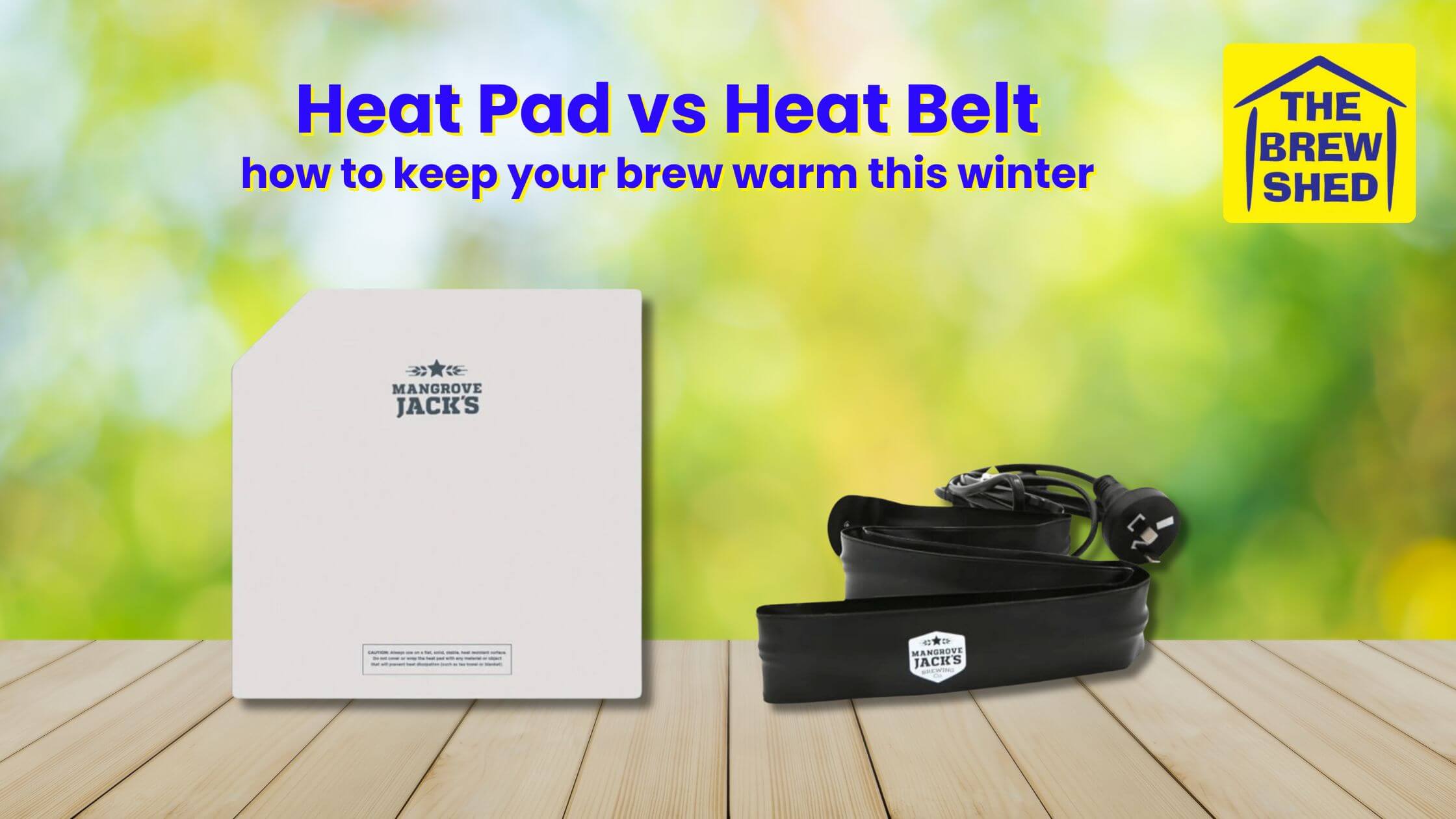When it comes to keeping your homebrew beer cozy during chilly weather, you've got options beyond just wrapping it in blankets. At The Brew Shed, we offer both heat pads and heat belts, sourced from trusted suppliers. But which one is right for you?
Both heat pads and heat belts operate at a fixed temperature without a thermostat to regulate them. This might sound like a downside, but it's actually beneficial for two reasons. Firstly, without a thermostat, there's one less part that can break, increasing the longevity of your heating device. Secondly, maintaining a consistent temperature is crucial for homebrewing success, and these devices excel at that.
Typically, both heat pads and heat belts are set to around 28 degrees Celsius. However, due to heat loss and surrounding temperatures, your brew may actually reach around 24 degrees Celsius, which is ideal for cold weather beer brewing.
Heat pads are designed to support the weight of your fermenter, even when it's full of wort, weighing around 25-30 kilograms. However, if you're doing a double brew in a 60-liter fermenter or if you're using a stainless steel fermenter with a plastic base, a heat belt might be a better option.
Heat pads provide even warmth distribution as heat rises through the brew, making them efficient because the entire surface area of the fermenter base is in contact with the heating pad. On the other hand, a heat belt exposes one side to the air and only heats at the level where it's wrapped around the fermenter. While the brew does circulate due to yeast activity, it generally loses more heat than it provides. Over time, the plastic sleeve of the Heat belt's element can become brittle, making heat pads a sturdier option for long-term use.
In summary, if you're using a 60-liter fermenter or doing double brews, a heat belt is the way to go. Otherwise, a heat pad will suit your needs just fine.



